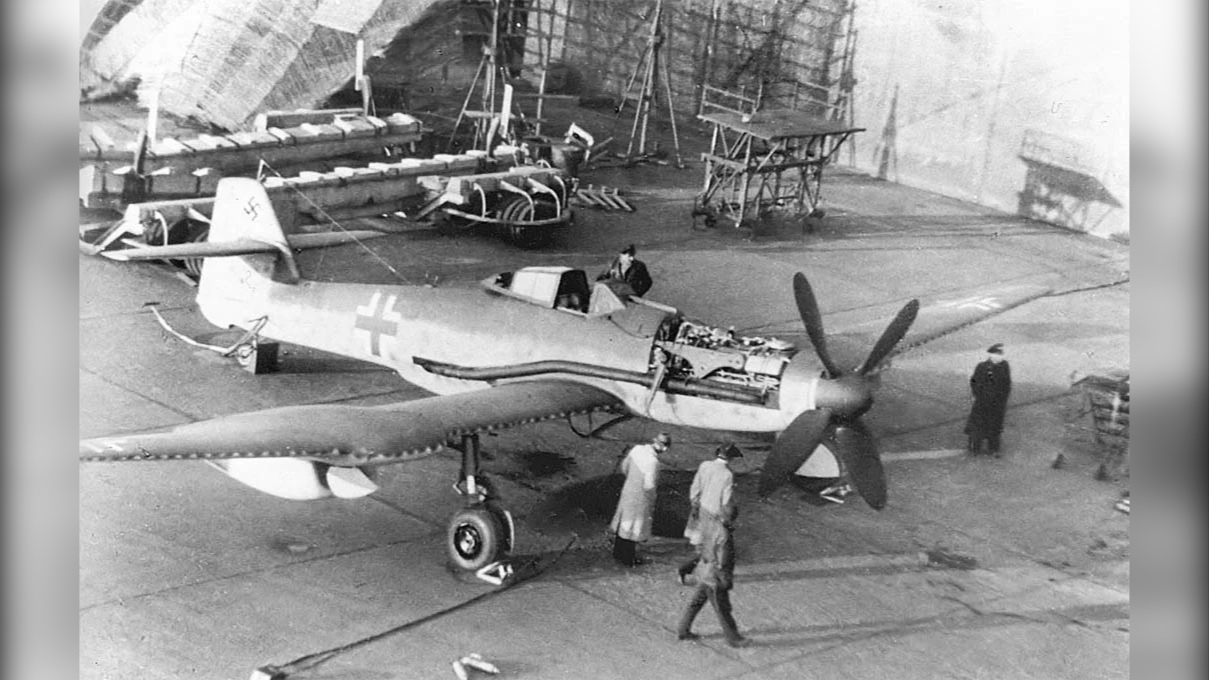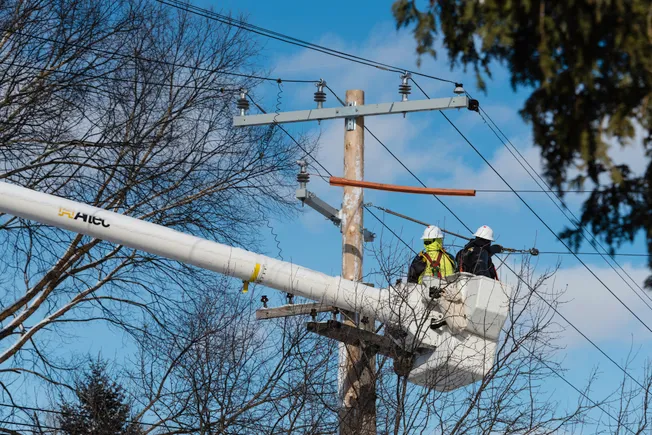Navigating the complexities of cross-border freight
As nearshoring efforts accelerate, shippers are increasingly rethinking their cross-border strategies. Unlike transporting goods across state lines, cross-border shipping demands specialized expertise, robust infrastructure and comprehensive security measures. To fully capitalize on the advantages of nearshoring, companies need partners who understand that success hinges on more than just moving trucks –– it requires mastery of […] The post Navigating the complexities of cross-border freight appeared first on FreightWaves.


As nearshoring efforts accelerate, shippers are increasingly rethinking their cross-border strategies. Unlike transporting goods across state lines, cross-border shipping demands specialized expertise, robust infrastructure and comprehensive security measures. To fully capitalize on the advantages of nearshoring, companies need partners who understand that success hinges on more than just moving trucks –– it requires mastery of compliance, purpose-built infrastructure and vigilant security protocols.
Cross-border compliance
Cross-border shipping comes with its own complex ecosystem of customs regulations, trade documentation and security programs like the Customs-Trade Partnership Against Terrorism (C-TPAT). Even minor errors or omissions in these compliance efforts can cascade into major problems, including costly delays, rejected shipments or even denied entry altogether.
The regulatory landscape at international borders demands partners who specialize specifically in cross-border logistics. These specialists are equipped to handle intricate paperwork requirements, ensure comprehensive compliance across multiple jurisdictions, and proactively manage potential risks before they materialize into expensive disruptions.
Successful cross-border operations depend on this deep regulatory knowledge, which represents a significant departure from the relatively straightforward requirements of domestic shipping. Companies that underestimate these compliance demands often discover the hard way that border efficiency begins with proper documentation and regulatory adherence.
Infrastructure for efficient freight movement
The physical infrastructure supporting cross-border shipping forms the backbone of efficient operations. Strategic terminal locations, versatile cross-dock capabilities and specialized cold chain infrastructure all play crucial roles in maintaining freight integrity throughout the journey.
Border hubs such as Laredo and El Paso must function as more than mere handoff points between carriers. They should serve as fully integrated nodes within a cohesive supply chain network. The most effective border facilities feature capabilities for handling both dry and refrigerated freight, with specialized equipment and trained personnel to manage the transition between countries without compromising cargo quality or timeliness.
Real-time tracking systems implemented throughout this infrastructure network reduce dwell time and dramatically improve reliability. The right infrastructure is often the difference between smooth transitions and frustrating bottlenecks, particularly when handling time-sensitive or temperature-controlled shipments that cross international boundaries.
Security and visibility in cross-border freight
When it comes to cross-border shipping, cargo security and comprehensive visibility aren’t optional luxuries. They’re absolute necessities. The risk landscape for this shipping solution includes potential theft, unpredictable border delays and constant concerns about load integrity, all of which require sophisticated safeguards beyond standard domestic shipping protocols.
Effective cross-border security systems incorporate seal verification procedures, continuous 24/7 monitoring capabilities and tamper-evident systems that immediately flag potential breaches. These measures protect not just the cargo itself but also the reputation and compliance standing of all parties involved in the transaction.
Beyond physical security, real-time visibility from initial pickup through final delivery represents the current industry standard. Shippers need partners capable of delivering both robust security measures and transparent visibility tools, allowing stakeholders to monitor shipments as they navigate the unique challenges of international border crossings.
Werner’s unique position in cross-border freight
With more than 25 years of operational experience in Mexico, Werner® has developed cross-border expertise that transcends basic shipping knowledge. Its strategically positioned terminals in key border cities like Laredo and El Paso, TX, combined with carefully vetted Mexican carrier partnerships, create a seamless cross-border network designed specifically to address the challenges of U.S.-Mexico trade.
Werner’s dedicated cross-border operations team demonstrates fluency in both the regulatory requirements and cultural nuances that impact successful international shipping. This expertise enables the company to streamline even the most complex shipments that might otherwise face delays or compliance issues.
In Laredo, Werner’s integrated infrastructure includes specialized warehousing solutions and advanced cold chain capabilities through its state-of-the-art, multi-temperature cross-dock facility. These physical assets, combined with sophisticated visibility tools, ensure that freight moves efficiently, securely and compliantly across the border in both directions.
Successfully navigating the U.S.-Mexico supply chains demands a coordinated approach grounded in regulatory expertise, purpose-built infrastructure and trustworthy security protocols. Companies pursuing nearshoring opportunities must remember cross-border success depends less on basic metrics like cost or speed and more on selecting the right logistics partner with specialized cross-border capabilities.
The ideal cross-border logistics provider doesn’t just move freight; they actively protect brand reputation, systematically reduce operational risks and help construct resilient, long-term nearshoring strategies. As nearshoring continues to reshape North American supply chains, the difference between success and frustration increasingly depends on choosing partners who understand the unique demands of cross-border freight and have built systems specifically designed to address them.
The post Navigating the complexities of cross-border freight appeared first on FreightWaves.

















































































































































